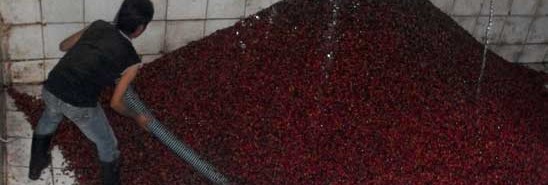History of the coffee plantations in Ijen Plateau Banyuwangi
Since 1870 individuals could lease land in Indonesia, then called The Netherlands Indies. This situation attracted many European entrepreneurs into culture in Java. They rent cheap coolies (indigenous workers) for the sometimes heavy work.
European businessmen hired cheap labour for heavy work such as deforestation and preparing the land for cultivation. These colonial elites were nicknamed tea junker, coffee barons and sugar lords. History made it possible to grow a coffee plantation at the divine Ijen Plateau. Pristine forest was exchanged for coffee.
Short history of the Dutch East Indies
The Dutch presence in India dates from the late 16th century, shortly before the founding of the VOC, the Dutch East India Company. This company possessed Java and a number of islands in the Moluccas. After abolition of the VOC in 1798 the areas that were in possession of the VOC were taken over by the Batavian Republic. After 1800, these areas became officially the Dutch East Indies, a colony of the Netherlands.
From then onward, the colonial government focused on the exploitation of profitable business in coffee, tea, sugar and rubber. King Willem I of The Netherlands introduced the Cultivation System - 1830-1870 - to make make the colonial profitable to refill the Dutch treasury after heavy economic losses in the Netherlands.
The colonial government took the lead in the commercial exploitation of people and land. Under the supervision of the colonial officials, the indigenous population was then forced to partly relinquish its harvest, or they had to prepare one fifth of their own land only to cede the harvest to the government. This situation lead to deforestation and famine.
Ijen Plateaus transformation after 1870s
The termination of the financially successful Cultivation System began around 1850. From that moment onward, it took twenty years before it was actually history. After the Cultivation System was abolished in 1870, Dutch individuals could lease land.
The abolition of the Cultivation System in 1870 was the go-ahead to transform the Ijen Plateau into a coffee plantation. The first coffee had been planted on mount Blau (1774 m), near Blawan nowadays. The house of the administrator in Blawan (nowadays Catimor Homestay) was built in 1895, as was the factory right beside his house. In Jampit the residence of the administrator was built in 1927. This house is situated in a more remote area compared to both departments (still referred to as 'afdeelingen', as in the Dutch era) Sempol and Blawan.

